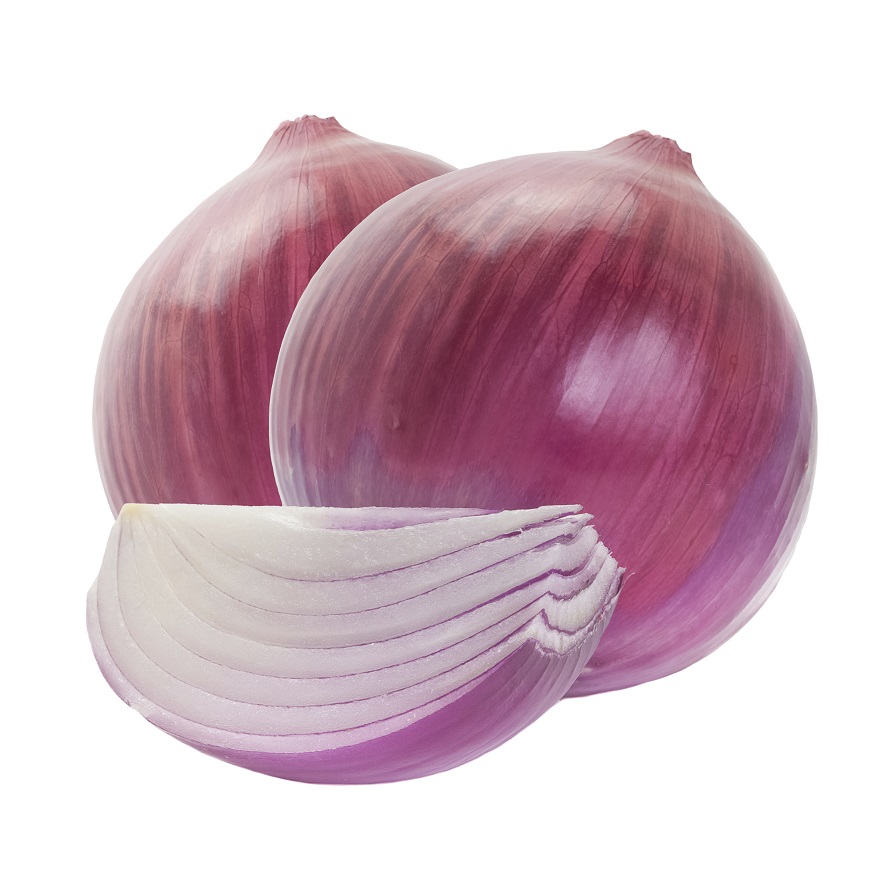 Day after day, week after week, health organisations inform us that fruits and vegetables are the key to supersonic heath. For acne, they’re particularly important. I strongly recommend the old “five a day” mantra because plant foods are loaded with acne-clearing antioxidants and phytonutrients which are impossible to acquire from meat.
Day after day, week after week, health organisations inform us that fruits and vegetables are the key to supersonic heath. For acne, they’re particularly important. I strongly recommend the old “five a day” mantra because plant foods are loaded with acne-clearing antioxidants and phytonutrients which are impossible to acquire from meat.
But there’s a catch, one you may personally have experienced. Many acne patients are confused to find that certain healthy foods give them unexplained, savage outbreaks, just like a milk chocolate bar or cookie.
At first glance, there’s no explanation. A slice of fresh watermelon contains just 5 grams of sugar, no trans-fats, and certainly no additives like vegetable oil. Acne patients everywhere are scratching their heads, ultimately writing these reactions off as a simple food allergy.
In reality, the culprit is a completely natural set of compounds, one which few acne patients have heard of: FODMAPs.
What are FODMAPs?
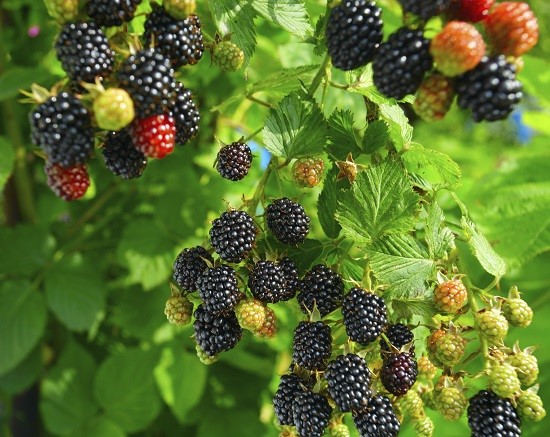
The term FODMAP stands for Fermentable Oligosaccharides, Disaccharides, Monosaccharides And Polyols. In short, FODMAPs are a group of natural short chain carbohydrates found in plant foods which are poorly absorbed in the human digestive system. There, they cause typical IBS symptoms such as pain, gas, bloating and stomach upset.
Over the last 5 years, FODMAPs have become increasingly recognised as an insidious villain behind digestive havoc. The problems occur when FODMAPs fail to be absorbed by the gastro-intestinal tract, and instead sit in your digestive system, where they meet pathogenic bacteria living in your intestine.
This bacteria ferments the FODMAPs, which in normal people, produces barely noticeable or even non-existent symptoms. But many people today have a FODMAP sensitivity, meaning that the fermentation produces excessive amounts of methane, carbon dioxide, and other by-products.
Read Annihilate Your Acne – learn to prevent acne and stop just treating it!
The result is that sensitive people cannot eat certain plant foods without great discomfort, even if those foods are highly nutritious, and have no obvious villains.
FODMAPs occur everywhere, from onions to apples to cabbage and red kidney beans. Sensitivity may affect up to 35% of people, according to a 2014 study on Australian people. What’s more, FODMAP sensitivities aren’t uniform; one sensitive person may be unable to digest oligosaccharides (the O), while another may get sick from polyols (the P).
Study after study is flooding out; a 2010 review found that avoiding dietary FODMAPs reduced IBS bloating, pain and discomfort in 75% of patients. The scientists concluded that “the evidence base is now sufficiently strong to recommend its widespread application”.
Numerous studies were published in 2015, including this large review, which found that a low FODMAP diet reduced IBS in 37-45% of patients.
Make no mistake, FODMAPs are one of the most under-discussed dietary villains today.
Types of FODMAPs explained in detail
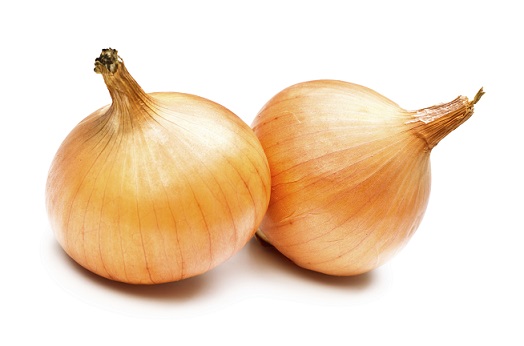
As the acronym suggests, there are many FODMAP types to be aware of.
Firstly, there’s the Monosaccharides, which solely includes fructose, a natural plant sugar found in varying ratios to glucose and sucrose (which itself is 50:50 glucose and fructose). Unlike glucose, fructose is processed by the liver, and excessive amounts can cause the dreaded fatty liver disease.
Normal intakes are fine for acne, but in FODMAP sensitive people, the gastrointestinal tract lacks an enzyme called GLUT-2, which aids the transportation of fructose from the intestine to the liver. Furthermore, foods like apples and pears have a dramatically higher fructose to glucose ratio and in humans, the digestion of glucose is a large source of GLUT-2. Without GLUT-2 transportation, the fructose gets moved along for dangerous fermentation by bacteria.
Hence, FODMAP patients are especially sensitive to fruits with sugar ratios skewed in favour of fructose (apples, blackberries, watermelons, mangoes).
Recommended – the 7 greatest natural topical treatments for acne
Next we have the Disaccharides, with only one member: the lactose sugars found in dairy. However, this is really a separate issue. You’ll probably know if you’re lactose intolerant already, so today’s article is more concerned with the sneakier, hidden FODMAPs.
Next on the list is the Oligosaccharides, structurally complex sugars which have 3 main forms: raffinose, galactans and fructans. Raffinose is a trisaccharide (containing 3 sugar types) composed of fructose, galactose and glucose. This is the signature FODMAP of green vegetables, including broccoli, asparagus, brussels sprouts, cabbage, but also beans and whole grains.
Unlike ruminants, humans, pigs and other animals with one stomach (monogastric) don’t have the raffinose-digesting a-GAL enzyme, and hence, the raffinose passes undigested to intestinal bacteria which do. By fermenting raffinose, the bacteria produces numerous gases such as carbon dioxide, methane and hydrogen. Most humans on earth can ferment low levels of raffinose, but some are sensitive even to tiny amounts.
Fructans are chains of sugar molecules, found in vegetables, but especially root vegetables like garlic, onions and agave root. They’re also found in leeks, asparagus, artichokes and wheat. Again, humans lack the correct digestive enzymes, causing bacteria to take up the mantle. Abdominal pain is a common symptom of fructan intolerance. Then there’s galactans, a combination of raffinose with stachyose, and similarly ingestible. Galactans are the FODMAP superstar of beans such as lentils, chickpeas and red kidney beans.
Finally, the FODMAP superstar of the fruit world is the Polyol, a type of natural sugar alcohol. You might have witnessed “ols” being added to cakes and chocolate as low-glycaemic sugar substitutes. Well, these occur naturally as well. The first is sorbitol, which is slowly digested and linked strongly to abdominal pain, flatulence, and mild to severe diarrhea. Sorbitol is a proven cheerleader of irritable bowel syndrome. Common sources include corn syrup, apples, pears, peaches, apricots, avocado, lychee and prunes.
Why bread and pasta are a massive cause of acne
Secondly, we have mannitol, a sweet-taste crystalline alcohol. Mannitol is known to have a laxative effect, and is found in strawberries, onions, celery, mushrooms, pumpkins, snow peas, and cauliflower.
Next up is maltitol, the signature FODMAP of grain-based foods like rye and wheat. The classic symptoms of maltitol intolerance include excessive flatulence and abdominal pain. Luckily, I recommend minimising rye, wheat and barley for acne-clearing purposes anyway.
Finally, we have a natural sweetener found on store shelves everywhere: xylitol. This sugar alcohol originates in the fibres of numerous fruits and vegetables, but especially berries, oats, mushrooms, and sugar canes. Luckily, xylitol seems to be a relatively gentle FODMAP, though it has been linked to diarrhoea in high doses.
The key point that unites all FODMAPs is this: we humans lack the natural enzymes to digest them, whether this is all humans or certain people with impaired digestion.
The link to acne

Have you ever wondered why an apple breaks you out? There’s no obvious explanation, but an apple is one of the most heavily concentrated sources of FODMAPs in a marketplace. It contains polyols, fructose in a poor ratio to glucose (69.9% of total sugars), and oligosaccharides such as raffinose.
So far, FODMAPs have no direct studies showing that they cause acne, but the link is undeniably strong.
For instance, IBS is already linked to skin conditions such as dermatitis. Allergic reactions to foods are known to trigger an onslaught of inflammatory chemicals such as histamine.
Consider celiac disorder. It’s arguably similar to FODMAP sensitivities, as your gastrointestinal tract cannot properly process gluten, causing it to get fermented by bacteria instead. As the gluten sensitive know, this leads to inflammatory responses across the wider body, including aching joints, and indeed acne. Similarly, if your digestive system realises that it cannot tolerate apples and the FODMAPs they contain, it may train itself to release inflammatory chemicals every time you eat them.
Why zinc supplements can reduce acne by 49.8%
Excessive fermentation of FODMAPs can also fuel pathogenic gut bacteria, disrupting the gut’s semi-permeable membrane and allowing inflammatory molecules into the bloodstream. Friendly strains like Lactobacilli could be crowded out, decreasing their production of nutrients like vitamin K2 and anti-inflammatory butyrate. There’s many possible pathways.
This 2015 study found that by restricting fermentable short-chain carbohydrates in 27 patients with IBS, total gut colonies of bacteria fell. However, beneficial strains such as Clostridium and Akkermansia muciniphila were substantially increased, while the pathogenic Ruminococcus torques retreated.
For years, I’ve wondered why so many internet acne patients react to antioxidant-packed foods like watermelon or blackberries. While FODMAPs aren’t proven to cause acne yet, they fit the mystery like a glove.
What causes a FODMAP sensitivity?
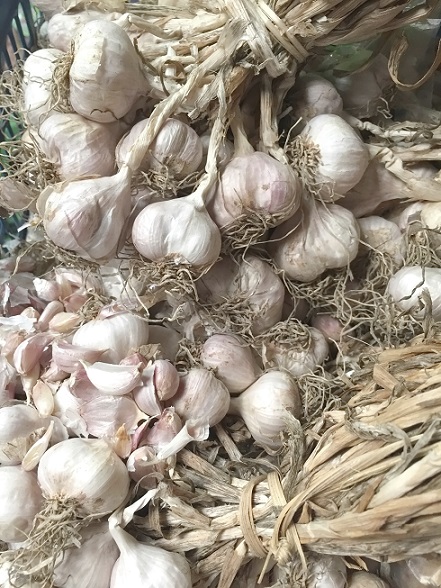
As acne patients, having the full menu of antioxidant-rich foods out of bounds is a situation we simply cannot abide by. So how do you cure FODMAP sensitivities?
Chronic stress is one of the main causes. Stress is a well-known disruptor of the GLUT-2 enzyme, the transporter responsible for fructose uptake (see earlier). Stress can also affect both the quantity and specific strains of your gut bacteria. For example, some bacteria have direct receptors for adrenaline (epinephrine) in their cell membrane.
Another major factor is gut bacteria which is crippled in the first place. In the Western world, our way of life is extremely sanitised compared to Africa or poor parts of Asia. Of course, that’s a great thing because we don’t routinely die from infectious, but it does reduce our colonies of healthy bacteria compared to less developed countries.
Sea buckthorn oil – a topical treatment which lowers oily skin by 45%
Diet is also important, particularly sugar intake, as sugar strongly feeds candida and other yeasts. Excessive oral antibiotic usage can decimate friendly bacteria need for FODMAP digestion, as can eating too many pesticides.
The condition known as SIBO, small intestinal bacterial overgrowth, also interferes with the digestion of sorbitol, fructose, and other short-chain carbohydrates. In fact, SIBO is strongly linked to FODMAP sensitivities in studies. Meanwhile, acne rosacea patients are ten times more likely to have SIBO (study).
The wild card is definitely genetics. For example, some of us might naturally manufacture less GLUT-2, and therefore digest fructose inefficiently. Genetic variations in lactase (which digests lactose) are well known – could similar genetics exist for enzymes that digest other FODMAPs? It’s very likely. My bet is that a genetic scale exists, ranging from greater efficiency of digestion, to total failure, with variations in everybody depending on each individual FODMAP.
Is FODMAP sensitivity causing your acne?
 Overall, there’s a decent chance that FODMAPs are making your acne worse, and it’s definitely something you should consider.
Overall, there’s a decent chance that FODMAPs are making your acne worse, and it’s definitely something you should consider.
If, for example, you’ve already eliminated the classic acne supervillains such as sugar, wheat, trans-fats and ultra-processed vegetable oils, yet are still breaking out like clockwork, FODMAPs could be the culprit. Here’s a brief guide to the FODMAP status of many foods:
Fruits high in FODMAPs – apples, apricots, blackberries, cherries, dried fruits (way too much fructose), grapes, mango, nectarines, pears, peaches, persimmon, plum, watermelon.
Fruits medium in FODMAPs – unripe banana, longon, rambutan, lychee, grapes.
Fruits low in FODMAPs – ripe banana, blueberry, cantaloupe melon, grapefruit, strawberry, raspberry, honeydew melon, kiwi fruit, lemon, lime, mandarin, orange, papaya, pineapple, rhubarb, passion fruit.
Vegetables high in FODMAPs – artichoke, cabbage, asparagus, garlic, onions, okra, leeks, Jerusalem artichoke, shallot, snow peas, sugar snap peas, radicchio.
Vegetables medium in FODMAPs – avocado, beetroot, broccoli, brussel sprouts, butternut pumpkin, cauliflower, celery, fennel bulb, green peas, mushroom, sauerkraut, guacamole.
Vegetables low in FODMAPs – alfalfa, bamboo shoots, bean sprouts, bell peppers, bok choy, carrots, cherry tomatoes, chives, cucumber, eggplant, endive, ginger root, green beans, kale, lettuce, tomato, swiss chard, spring onions, zucchini, spinach, seaweed (nori), parsnips, pickles, olives.
Almost all these foods are healthy and nutritious aside from the high sugar content of fruits like bananas. Therefore, if they suddenly break you out, you can easily isolate whether FODMAPs are to blame.
FODMAPs are also a big reason why grain hating paleo followers often get digestive problems six months down the line. Many are middle aged people who grew tired of obediently following traditional dietary advice, only to watch their health and vitality wither away. They then jumped aboard the paleo train and began guzzling down more nutritious plant foods per month than they’d probably eaten during their entire life before. But their gut bacteria was so starved of prebiotics for years that it couldn’t cope with all the plant molecules such as FODMAPs now flooding in.
If that scenario fits you like a glove, then FODMAPs may be the menace behind all your problems.
If you want scientific confirmation, then good news: FODMAPs have become such a recognised medical issue that doctors now offer a breath test.
The strategy!
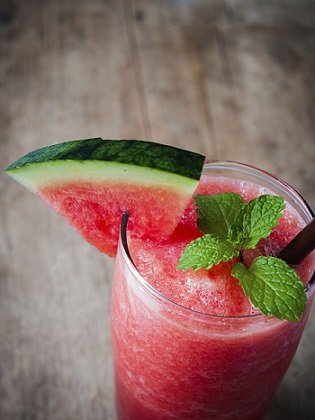
Step one is cutting your intake of FODMAPs down to as low levels as possible without compromising your acne nutrient intake.
Replace apples with strawberries, onions with broccoli, etc. Then you have to be patient for two months. You have to wait for pathogenic bacteria strains to starve and eventually fall, and healthy strains to begin regenerating. Simultaneously keep your sugar intake low, to starve them of even more fuel.
While this is happening, you must enrich your friendly bacterial strain in other ways, specifically prebiotics. Increase your intake of foods like natural yogurt, kefir, blue cheeses, sauerkraut, fermented soy like natto and tempeh. If most of those sound disgusting, then you could try a probiotic supplement like this Garden Of Life Raw Probiotic, which contains bacterial strains worth 100 billion CFU.
Once two months are over, you can gradually reintroduce some high FODMAP foods, like an apple, simply to test your reactions. If you mysteriously no longer get acne or digestive woes from these foods, your plan may have succeeded. You can then keep driving forwards, and begin experimenting with more FODMAP-rich foods, to see what your skin can now withstand.
If FODMAP sensitivity does have a genetic component, then you will be partially limited forever, but if our modern lifestyle is mainly responsible, it may well be curable.
Conclusion
FODMAPs are a very real acne threat. FODMAPs should take their place alongside sugar as a plant compound which acne patients are aware of.
FODMAPs aren’t fundamentally unhealthy, because it’s a faulty digestive system that brings out the dangers in them. Nevertheless, if you’re sensitive, you can improve your acne significantly by swapping high FODMAP fruits/vegetables with lower ones, or better yet, fixing the sensitivity.
What you definitely should not do is adopt a low-FODMAP diet simply because it sounds cool. Too many FODMAP-rich foods are packed with antioxidants and vitamins to justify avoiding them if it’s anything but totally necessary.
NEXT: read the 167 page eBook and get the ultimate diet for acne
Thanks for reading!
